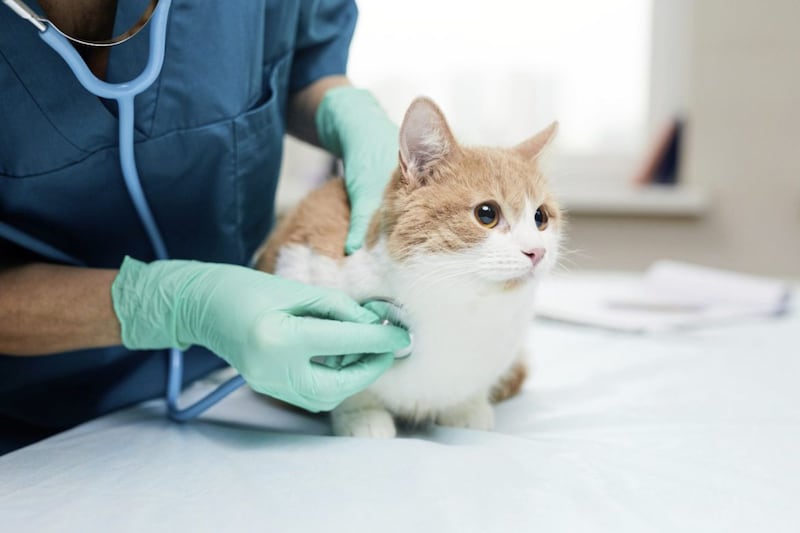QUESTION: I’ve just gone self-employed. How do I go about paying my stamp?
ANSWER: The self-employed pay two types of National Insurance Contributions (NIC) - Class 4, which is dependent upon the level of profits and is collected via the tax return, or Class 2, which is a fixed amount.
Currently Class 2 NIC are billed six monthly or taken via a monthly direct debit. From April past, both of these methods will be replaced with a single annual calculation as part of your self-assessment tax return. This already happens with your Class 4 national insurance, so it makes sense to do the same with Class 2 as well. So if you wonder why your national insurance direct debit suddenly stops in August, then read on to find out more.
National insurance contributes towards your state pension and certain other benefits; the amount of contributions you make during your working lifetime affects the level of pension you receive. There are different classes of NIC for different types of workers. If you are employed on a payroll, you pay Class 1 NIC which get taken automatically via PAYE. Class 2 and Class 4 NIC allow self-employed people to make the necessary contributions.
The current profit threshold level for Class 2 NIC is £5,885 a year. If you earn below this level from self-employment you can choose to opt out. For example if you are employed as well as self-employed and are making sufficient Class 1 contributions via PAYE, you might choose to opt out of Class 2 NIC.
If you are self-employed and earn over £7,956, then you also pay annual Class 4 NIC as well.
As noted under the current system Class 2 NIC are billed six monthly or taken via a monthly direct debit. Both of these methods will be replaced with a single annual calculation as part of your self-assessment tax return. This already happens with your Class 4 national insurance.
The self-assessment will work out how much you need to pay for the year, based on the information you provide in your self-assessment return.
At the moment you have to guess whether or not you will be under the limit, then either opt out if you are under or make separate payments if you are over; the new system should make things a little less complicated.
If you are under the small profits threshold you will still get the option to voluntarily pay the Class 2 NIC in order to protect certain benefits and your state pension.
If your earnings are under the small profits threshold and you have a Small Earnings Exemption certificate then you won’t need to renew it for 2015-16. In future your self-assessment will automatically calculate whether your earnings are under the small profits exemption level.
Although the change comes into effect from April 2015, the payments are collected with a four-month lag, so your last direct debit payment under the old system was due on July 10 past. This will cover the period up to April 5 2015, so there will be no Class 2 NIC in your 2014-15 self-assessment return.
The six monthly bills and direct debits will stop automatically, so as long as your payments are all up to date, you don’t need to do anything for a while. Just make sure you don’t owe anything if you are not paying by direct debit.
The Class 2 NIC due will be calculated automatically in your 2015-16 self-assessment tax return, which will be due for submission and payment in January 2017.
If you want to make payments in advance, rather than waiting for your tax bill, you can set up a budget payment plan with HMRC.
:: Feargal McCormack (f.mccormack@pkffpm.com) is managing partner of PKF-FPM (www.pkffpm. com). The advice in this column is specific to the facts surrounding the question posed. Neither The Irish News nor the contributors accept any liability for any direct or indirect loss arising from any reliance placed on replies.








